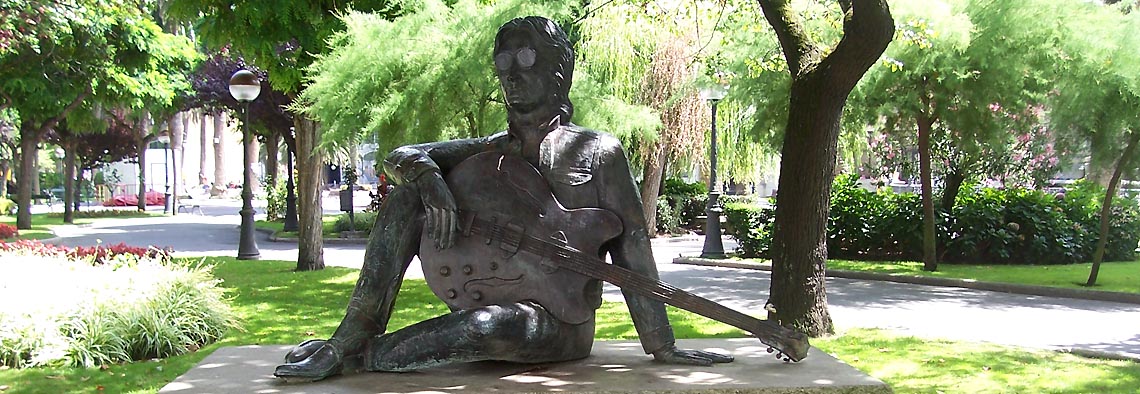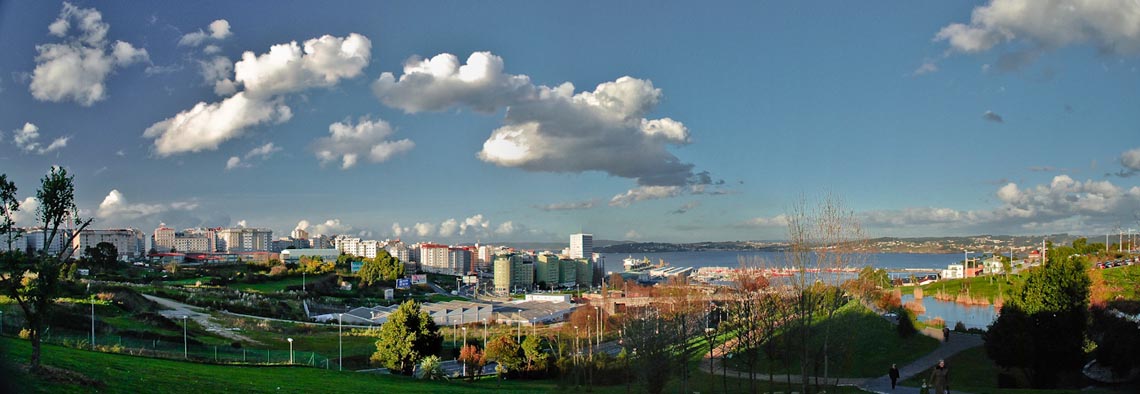Discovering the Outlying Areas of Madrid
25 January, 2016
The environs of Madrid are no less alluring than the city itself. In just over an hour you can steep yourself in nature, view one of the masterpieces of Spanish architecture, feast on a cochinillo asado near a Roman aqueduct or relive a battle from the Civil War. Fancy discovering some of these destinations?
1. El Escorial – A Classic Among Classics
The monastery of San Lorenzo de El Escorial is the major landmark in a town located less than an hour from Madrid. It was originally commissioned by Philip II as a pantheon for the royal family. In 1563, work commenced under the direction of Juan Bautista de Toledo, but, after his death, it was his successor, Juan de Herrera, who was entrusted with completing the work. Behind the sober Herreran exterior lie a number of striking rooms and other areas, prominent among them being the Basilica and the Library, decorated with magnificent frescoes. Another standout feature is the painting collection by artists of the calibre of Velázquez, Jan van Eyck, Hieronymus Bosch, Titian, Tintoretto and Roger van der Weyden.
Apart from the Monastery, other interesting sights include the Casa del Alcalde Mayor (Magistrate’s House), the Casa del Infante (Prince’s House), the Casita del Príncipe (Prince’s Lodge) and the Church of San Bernabé.
Lastly, any outing to El Escorial would be incomplete without a stopover at Charolés to try their fabulous cocido –an imperious must!
2. Segovia – the Aqueduct and Beyond
Just over an hour from Madrid lies the beautiful city of Segovia, famed for its major landmark, the Roman Aqueduct. This symbol of the city was built by the Romans to bring water to Segovia from the Sierra. It is a veritable feat of engineering which never fails to have a stunning impact on the observer. But, visitors to Segovia are in for more surprises too, as its old town reveals some marvels and magical spots. Notable examples include the Cathedral of Santa María, known as the “Lady of Cathedrals”, and the Jewish Quarter, with its former synagogue converted into the Church of Corpus Christi, while literary boffins should seek out the Antonio Machado House Museum. Your visit can be rounded off by a tour of the Alcázar, set on top of a hill, which boasts striking Mudéjar decoration.
Another standout feature of Segovia is its cuisine, celebrated above all for its cochinillo asado (roast suckling pig), a delicacy you should really treat yourself to. Some of the classical venues for savouring it include the Mesón de Cándido and the Restaurante José María.
3. Chinchón – Medieval Past and Culinary Variety
If only for its Plaza Mayor (Main Square), this town situated 45 kilometres from Madrid is well worth visiting. The square, medieval in origin, is surrounded by two- and three-storey houses faced with rows of wooden balconies and lintelled galleries which catch the attention of first-time visitors to Chinchón. For centuries the square acted as a temporary stage for all kinds of performances, notably theatre plays, bullfights, royal festivals and religious services. A short distance from the Plaza Mayor stands the Church of Our Lady of the Assumption, displaying a blend of Gothic, Plateresque, Renaissance and Baroque architectural styles. Be sure to venture inside to see Goya’s painting of the The Assumption of the Virgin Mary.
Needless to say, Chinchón also has culinary delights in store for you, characterised by a fusion of tradition and the latest gastronomic trends. And, before you leave, you simply must taste their most popular liqueur – anisette.
4. Paredes de Buitrago – in the Footsteps of the Spanish Civil War
If your thing is nature, but you are also interested in history, don’t hesitate to head for Paredes de Buitrago to visit the site of the so-called Frente del Agua (Water Front). During the Civil War, this front was established to defend Puentes Viejas and El Villar, two crucial spots for ensuring the water supply. Comparatively easy to complete on foot, the 12-kilometre layout of the site reveals the remains of bunkers, trenches and pillboxes which came under the control of both sides in the conflict. A heady dose of recent history in the open air makes this a countryside outing with a difference, and just an hour’s drive from Madrid.
5. The Cuenca Alta del Manzanares Regional Park – Nature in its Pure State
Situated in the Sierra de Guadarrama, north-west of Madrid, it was listed as a Biosphere Reserve by UNESCO in 1993. A prominent feature of this reserve is La Pedriza, one of Europe’s most celebrated granite formations, featuring some amazing rock shapes produced by erosion. The vegetation is dominated by holm oak, which takes up 62% of the Park’s surface area. Bird-lovers should head for the nearby Santillana Dam, with its enormous variety of water fowl and migratory birds. At the foot of the dam stands the Castle of Manzanares El Real, also known as the Castle of the Mendozas. Built in the 11th century, it is one of the best preserved castles in the Community of Madrid.
Text by ISABELYLUIS Comunicación
Images by Chris Gladis, Jerome Bon, Kus Cámara, Jose Luis Cernadas Iglesias, Raúl A.-
25 January, 2016







